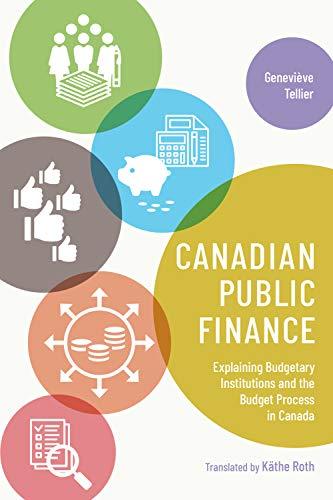Question
There is a small mountainous island where all of the electricity produced comes from hydro. The island is also very windy. It is estimated that
There is a small mountainous island where all of the electricity produced comes from hydro. The island is also very windy. It is estimated that a 100 MW wind farm placed on the island would operate daily for most of the day, generating 400,000 MWh per year. It costs the generators on the island $10/MWh to produce power from hydro. The mainland has no hydro resources and much less wind. The same wind farm would only generate 100,000 MWh per year if placed on the mainland. The mainland relies exclusively on natural gas for its power. It costs the generators on the mainland $55/MWh to produce power from natural gas. Assume that each MWh generates 0.5 tons of CO2. Assume that the wind farm costs $100 million to build and is costless to run. Consider a financing plan where the investor will need to reimburse $20 million/year for the lifetime of the project (i.e. obtaining financing at close to 5%).
a. What is the cost per MWh of wind produced on the island? On the mainland?
b. At a guaranteed carbon tax of $20/ton of CO2 for the lifetime of the project, do you build the wind farm on the mainland, on the island, neither or both? Assuming that at most one wind farm is funded in each location, how much CO2 is reduced? What if carbon is taxed at $30/ton? Assume if needed that natural gas supply is competitive, homogeneous, and essentially unlimited, and electricity demand is completely inelastic.
c. If instead of a carbon tax the government proposes a Feed-in-Tariff (FiT), how large a tariff does it need to set (in $ per kWh or per MWh) for investors to be willing to build a wind farm on the mainland? If it does set that rate, uniformly, and at most one wind farm is funded in each location, what does the government pay per ton of CO2 reduced?
d. A transmission line with plenty of excess capacity gets built connecting the island to the mainland. The island has a fixed quantity of hydro resources that more than meets island needs but is much less than total market demand of island plus mainland. How high a carbon tax is needed for an investor to build a wind farm on the mainland? On the island? If a wind farm is built on the island, how much CO2 would it reduce?
e. If instead of a carbon tax the government proposes the same level of FiT described in (c), with the transmission connecting the island to the mainland, would investors build the wind farm on the mainland, on the island, neither or both? Assuming that at most one wind farm is funded in each location, what does the government pay per ton of CO2 reduced? f. How does the price of electricity in the island and mainland vary with and without a $30 carbon tax and with and without the transmission line?
Step by Step Solution
There are 3 Steps involved in it
Step: 1

Get Instant Access to Expert-Tailored Solutions
See step-by-step solutions with expert insights and AI powered tools for academic success
Step: 2

Step: 3

Ace Your Homework with AI
Get the answers you need in no time with our AI-driven, step-by-step assistance
Get Started


